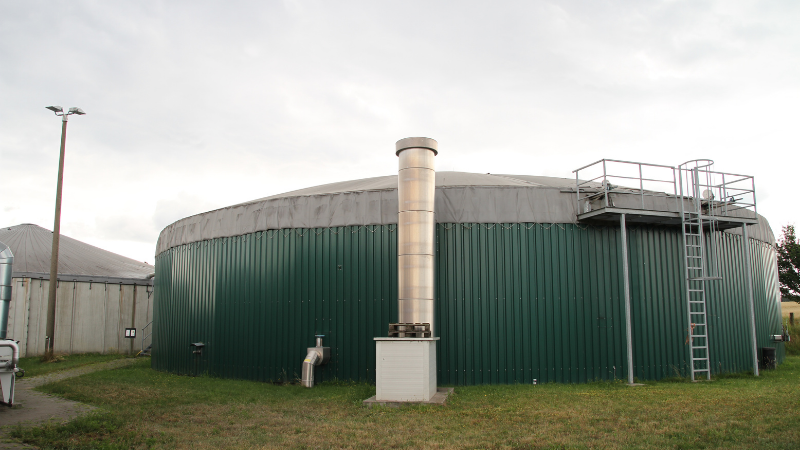by Deutscher Bauernverband (DBV) – German Farmers’ Association
Description
The last years brought severe weather challenges for German agriculture, including the spread of invasive insects (for instance, Drosophila Suzukii in 2015) and an increase of late-frost events (2017) that caused damages in the fruit and wine sector, extreme weather events such as heavy rainfalls during harvest and sowing season (2018) that hindered agricultural practices, and heatwaves such as in 2018 and 2019 including the extreme drought in 2018 that reduced grain harvests in some areas by 70% and led to feeding (grass) shortages for livestock. For the future, climate-adapted plant breeds will be essential as well as irrigation infrastructure and access to irrigation water.
Farmers already adapt to climate change by applying more conservation agricultural techniques such as reduced tillage to keep water in the soil, diversifying farm income and using insurances.
DBV has set the target to increase the proportion of manure used in biogas plants from the current 20% to 60% by 2030. Overall, DBV aims at reducing greenhouse gas emissions in agriculture by 30% by 2030 on a 1990 baseline. This equals another 10 percentage points on a 2018 baseline.
The increase in slurry fermentation from about 20% to 60% is expected to save methane emissions in agriculture by around 3 million tonnes of CO2 equivalent. Furthermore, the biogas produced in the biogas plant replaces fossil fuels in various sectors (electricity, heating, fuel), thereby saving greenhouse gas emissions outside agriculture. Biogas from all feedstock sources saved 15 million tonnes CO2 equivalent by replacing fossil energy. In addition to the positive effects on the climate, liquid manure utilization in biogas plants has a number of other positive effects, such as lower odour emissions from digestate compared to manure, better nutrient availability for plants and fewer germs and weed seeds.
The energy recovery of manure in biogas plants creates additional added value in rural areas through the construction and operation of the plants and represents an additional source of income and income diversification for agricultural enterprises.
Results
- Reducing greenhouse gas emissions in agriculture by 30% by 2030;
- Increasing the proportion of manure used in biogas plants from the current 20% to 60% by 2030.
Climate smartness*
It would be useful to take advantage of the energy generated through the biogas plants to increase the performance of other CSA practices such as irrigation mechanisms, water pumping systems, among others.
*This is done in the framework of climate-smart agriculture (CSA) approach. Climate-smartness in agriculture means understanding impacts of climate change and variability along with the agricultural activity, which includes the planning of what crop to plant, when to plant, what variety to plant and what type of management practices are needed to reduce the impact on the environment (e.g. emissions reduction), maintain or increase productivity (e.g. yields) while increasing resilience and improving livelihoods.


